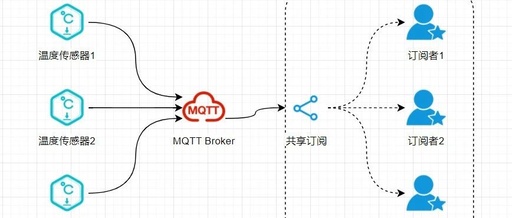Building a Secure and Reliable Authentication Service with Rust: From Basics to Practical Implementation
Building a Secure and Reliable Authentication Service with Rust: From Basics to Practical Implementation Introduction: When Security Meets Performance “Another user data breach?” Such headlines have become all too familiar. In web development, authentication services act like guards at the entrance, quickly identifying legitimate users while blocking malicious intruders. Traditional authentication solutions often struggle to … Read more









